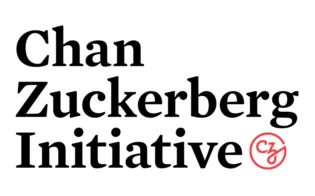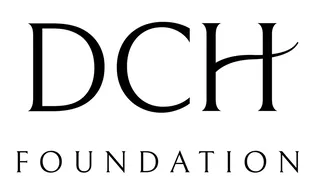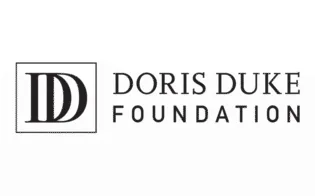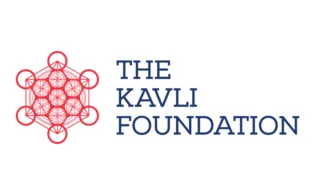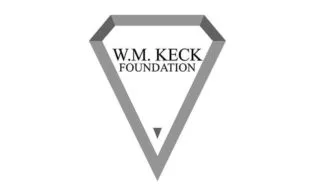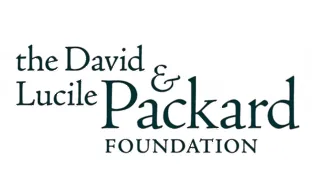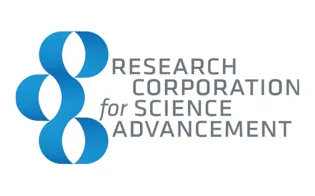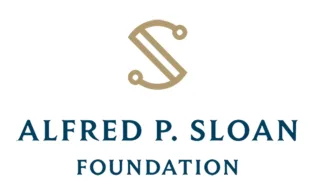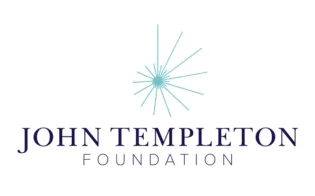The Alliance is the place that people who want to make an impact through science philanthropy know that they can come.Adam FalkFormer President, Sloan Foundation

Dedicated partners. Visionary guidance. World-changing science.
Science philanthropy has never had a greater opportunity to make a difference. We work closely with our members and advisees to build tailored philanthropic plans designed to empower breakthrough discovery science and deliver life-changing, real-world impacts.
We’ve forged an alliance deeply committed to making a difference.
Founded by six visionary foundations, the Alliance has grown into a vibrant community of 40 funders committed to advancing discovery science for the benefit of humanity.
Slide 1 of 1
Slide 1 of 3
A legacy of scientific leadership and proven philanthropic advising.
Our tailored services help philanthropists make high-impact investments in science.
We offer personalized guidance to help you clarify your vision and turn it into meaningful action.
We bring rigorous research and broad sector knowledge to help you cut through complexity and answer key questions.
We work alongside you to determine not just what to fund, but how.
We leverage our unique network of science experts, research institutions, and fellow funders to help you build the relationships that can bring your vision to life.
Guidance
We offer personalized guidance to help you clarify your vision and turn it into meaningful action.
Analysis
We bring rigorous research and broad sector knowledge to help you cut through complexity and answer key questions.
Strategy
We work alongside you to determine not just what to fund, but how.
Connection
We leverage our unique network of science experts, research institutions, and fellow funders to help you build the relationships that can bring your vision to life.

Bold investments for a better world.
See how the Alliance helps science funders turn their drive for discovery into action.
News + Insights
Insights
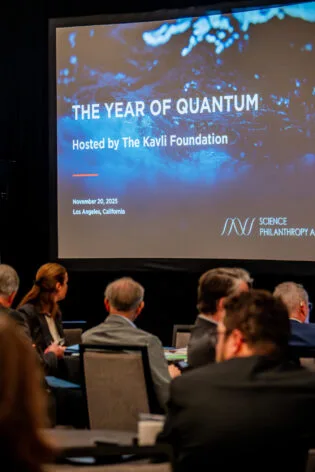
Fall Members Meeting Recap: The Year of Quantum
Key themes and takeaways from our Fall 2025 Members Meeting, hosted by The Kavli Foundation in Los Angeles.
Insights

Science Philanthropy Alliance Releases 2025 Indicators Report
The Science Philanthropy Alliance is pleased to share its second Science Philanthropy Indicators Report, offering a detailed, data-driven look at how private giving is shaping the U.S. scientific landscape.
Insights

A Decade of Discovery: Science Philanthropy Alliance 2024 Annual Report
The Science Philanthropy Alliance is proud to share our 2024 Annual Report, A Decade of Discovery, reflecting on both the past year and the decade since our founding in 2014.
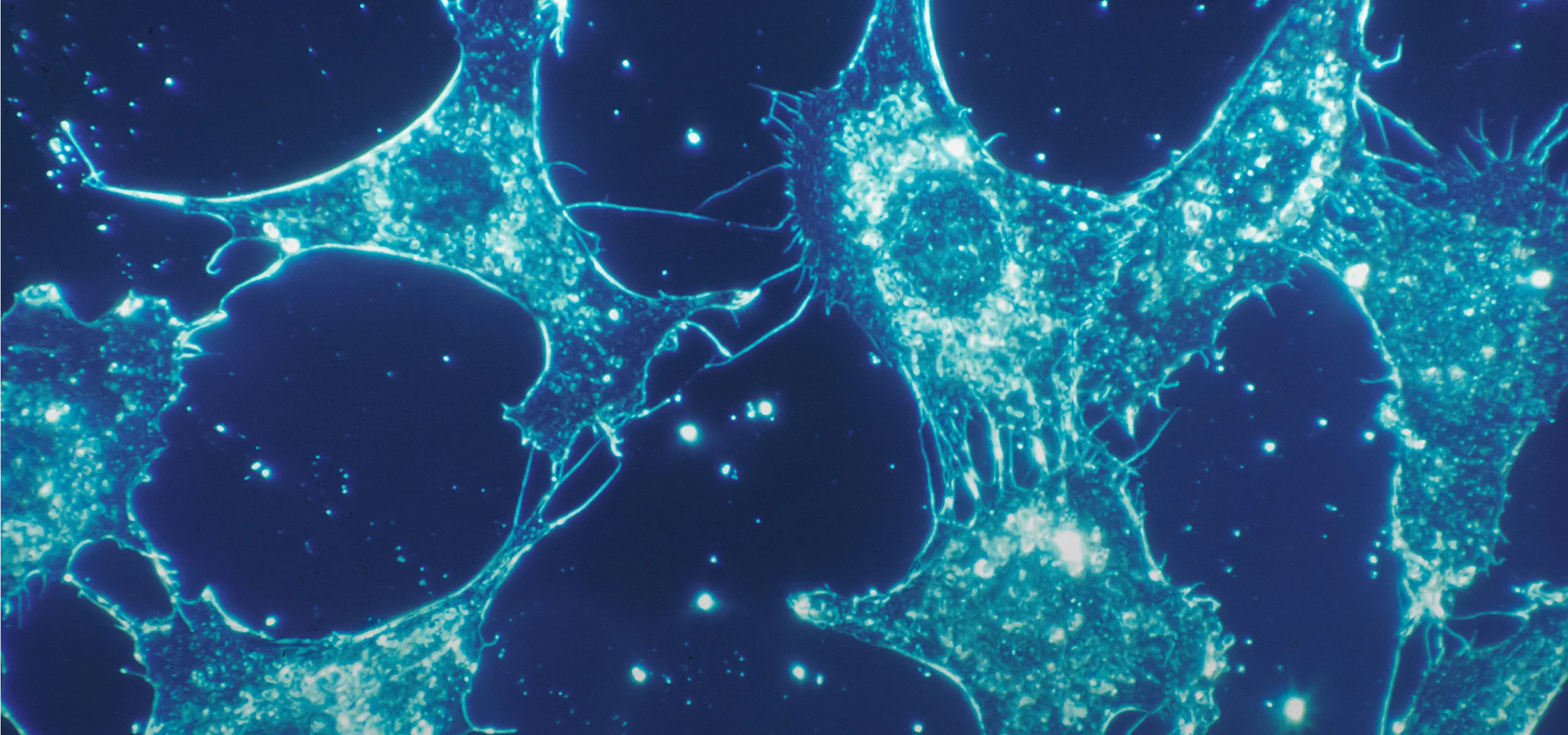
Share your vision with us.
Our advisors are ready to put your vision into action.

Sign up for our newsletter.
Subscribe for updates on the Alliance, our members, and our work. You can unsubscribe at any time.





